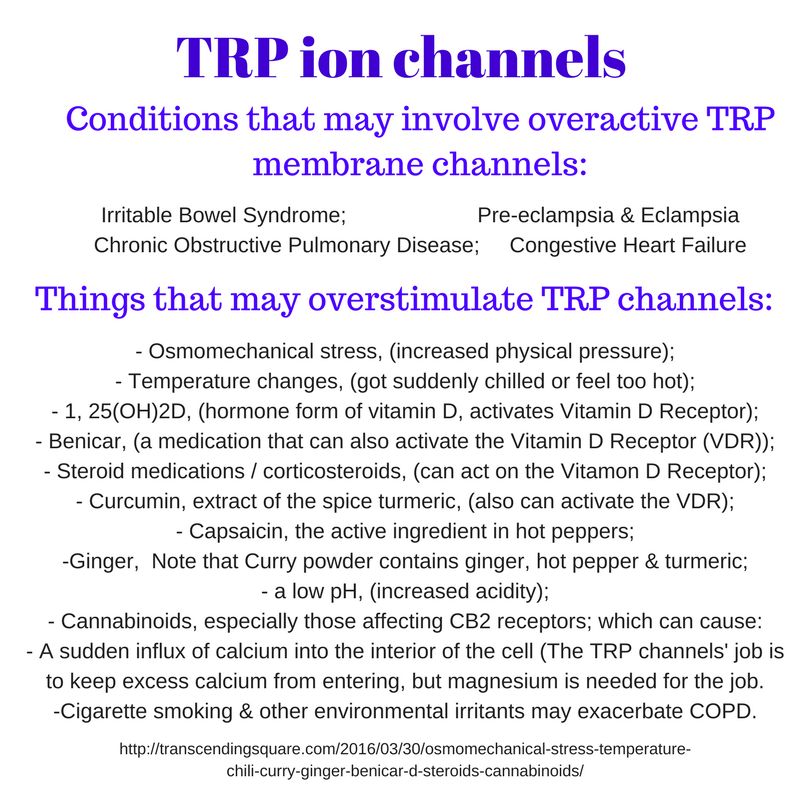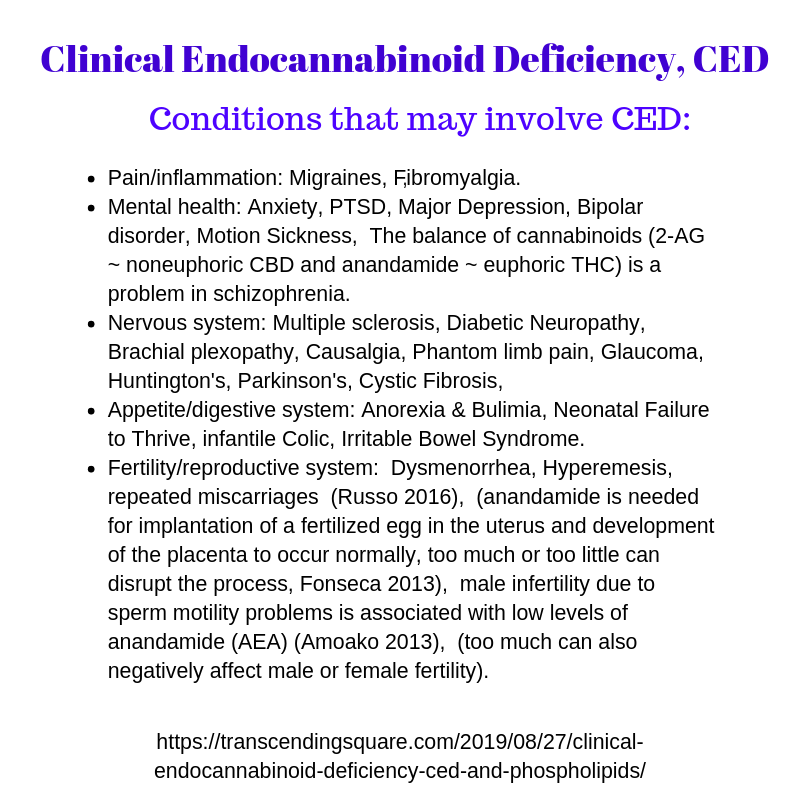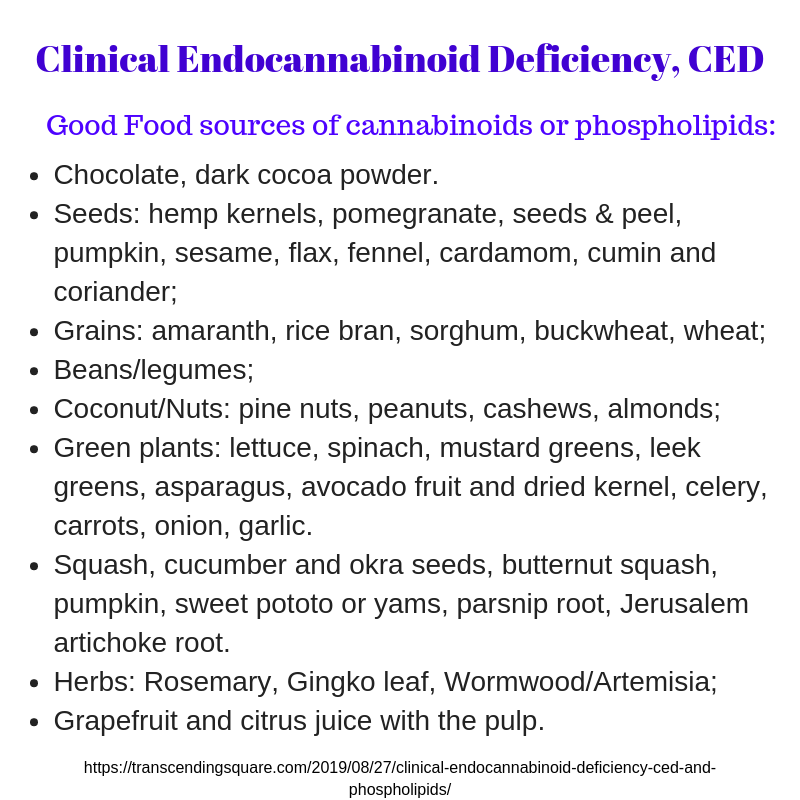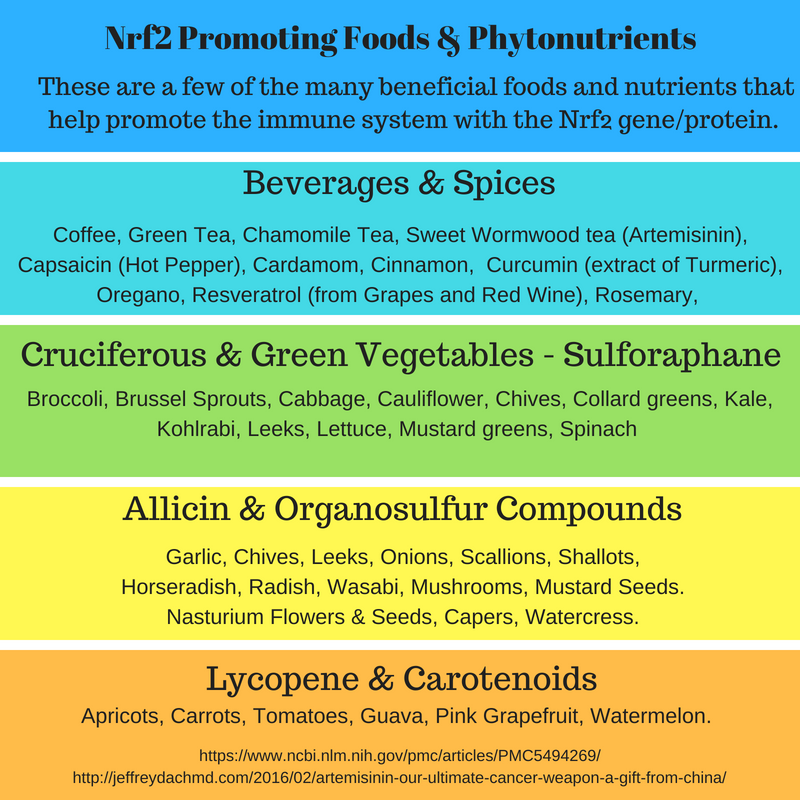Exogenous lipoid pneumonia refers to a fairly rare type of lung illness that is caused by an external/exogenous source of lipids/lipoid. The condition was first associated with the use of mineral oil that was used in nasl medications prescribed for tuberculosis, common in the 1940s and ’50s. It has more recently been associated with the use of Vaseline (TM) type petroleum jelly, which has been used for making the placement of breathing tubes easier and more comfortable for patients. (1)
The mineral oil based Vaseline (TM) is used to coat the outside of the tube before inserting it in someones nasal passage. Unfortunately with long term use the presence of mineral oil in the nose may lead to aspiration, breathing in too much of the mineral oil. Within the lungs the extra oil collects and may cause inflammation of lung cells. Granulomas, groups of inflamed cells, may form which can eventually also lead to fibrotic scar tissue formation and long term loss of lung function. (1, 2)
The rare type of pneumonia, exogenous lipoid pneumonia, has also been reported in one case of excess intake of coconut oil by an infant (5) and two cases of sesame oil pulling. (6) Coconut oil or sesame oil pulling refers to a process used for cleaning the teeth and gums. About a half teaspoon of the oils, which both have anti-inflammatory benefits for general use, is swished throughout the mouth and between the teeth for several minutes to even 20 minutes. That amount of swishing can become tiring and aspiration might become a risk. The case involving an infant involved a sibling giving the baby a bottle with coconut oil by accident (coconut oil is used for hair care, may help prevent split ends). Infants have an increased risk of aspiration as the muscles controlling the closure of the lung passage during swallowing of food are less well developed than in older children or adults. (5)
The excess collection of fats within lung cells has also been observed in the lung disease called silicosis seen mainly in industrial workers. Silica dust is breathed in and the lung cells accumulate both silica dust and the condition can be more severe when there is also absorption of excess lipids from the blood from oxidized Low Density Lipoproteins (ox-LDL). (3, 4)
Returning to the topic of vaping and vape mixtures discussed in the last post – aspiration, drawing liquid or oily substances deeply into the lungs, is a direct result of vaping a mixture that contains oils. Excessive amounts can collect within lung tissue too easily because it is difficult to cough out excess mucous or fluid from deep within the lungs. Chronic Obstructive Pulmonary Disease (COPD) and pneumonia are both conditions that involve too much fluid within the lungs. It can be difficult to draw a deep breath because there isn’t enough air space left. The person is likely to weaken very easily and the condition may be quite painful from the pressure of the excess fluid accumulation. COPD may even be likened to a feeling of drowning – except that it is happening all day, every day.
The take home point of this post may be to use caution with vaping as excessive use may be increasing risk of lung damage, and as a bonus, be aware that regular use of coconut oil or sesame oil pulling for teeth and gum health may have a risk of lung symptoms if aspirated. In other words, if lung symptoms are a problem let your doctor know if you vape or use coconut or sesame oil pulling for the purpose of teeth cleaning.
Series:
- Vaping and TRP Channel Activators.
- Vaping, Part 2: ELP, Pneumonia and Oils. (This post)
- Vaping, Part 3: Combined risks – oils and TRP channel activators.
- Moderation.
Reference List
- Rea G, Perna F, Calabrese G, Molino A, Valente T, Vatrella A. Exogenous lipoid pneumonia (ELP): when radiologist makes the difference. Transl Med UniSa. 2016;14:64–68. Published 2016 May 16. https://www.ncbi.nlm.nih.gov/pmc/articles/PMC4912340/
- Nguyen CD, Oh SS, A Case of Exogenous Lipoid Pneumonia. Respiratory Care March 2013, 58 (3) e23-e27; DOI: https://doi.org/10.4187/respcare.01727 http://rc.rcjournal.com/content/58/3/e23
- Hou X, Summer R, Chen Z, Lipid Uptake by Alveolar Macrophages Drives Fibrotic Responses to Silica Dust. Sci Rep. 2019; 9: 399. doi: 10.1038/s41598-018-36875-2, https://www.ncbi.nlm.nih.gov/pmc/articles/PMC6344530/
- Parthasarathy S, Raghavamenon A, Garelnabi MO, Santanam N, Oxidized Low-Density Lipoprotein. Methods Mol Biol. 2010; 610: 403–417. doi: 10.1007/978-1-60327-029-8_24 https://www.ncbi.nlm.nih.gov/pmc/articles/PMC3315351/
- Pilania RK, Mathew JL, Sodhi KS, et al., Revisiting a Case of Persistent Pneumonia: Complication of Hair Oil Aspiration, Letter to the Editor, Journal of Paediatrics and Child Health, Vol 54, Issue 11, Nov 2018, pp 1284-1285 https://onlinelibrary.wiley.com/doi/full/10.1111/jpc.14216
- Kuroyama M, Kagawa H, Kitada S, et al., Exogenous lipoid pneumonia caused by repeated sesame oil pulling: a report of two cases. BMC Pulm Med. 2015; 15: 135. doi: 10.1186/s12890-015-0134-https://www.ncbi.nlm.nih.gov/pmc/articles/PMC4628246/
- Singh A, Purohit B. Tooth brushing, oil pulling and tissue regeneration: A review of holistic approaches to oral health. J Ayurveda Integr Med. 2011 Apr-Jun; 2(2): 64–68. doi: 10.4103/0975-9476.82525 https://www.ncbi.nlm.nih.gov/pmc/articles/PMC3131773/




